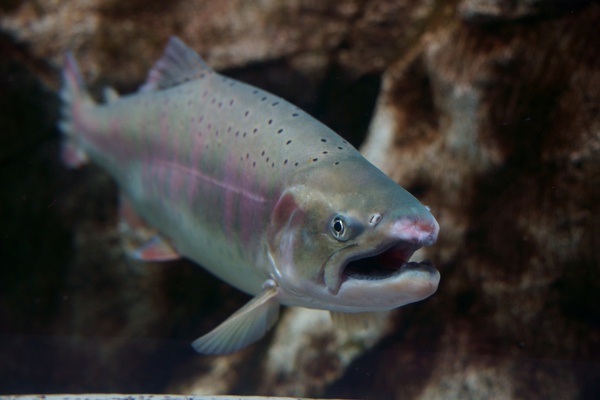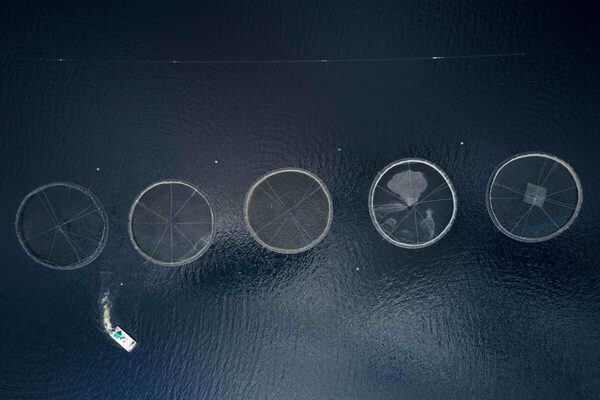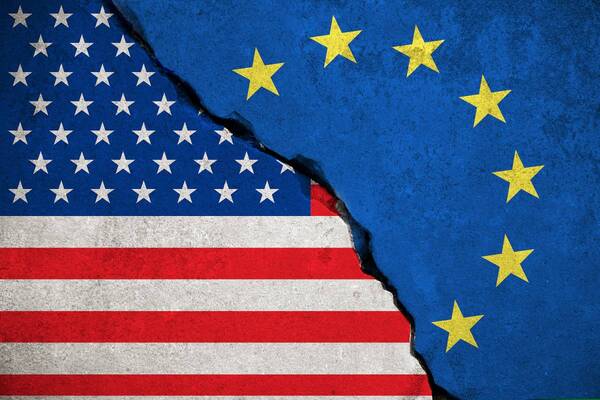A taste for the pink fish
Americans consume salmon in large amounts, but will they soon have to pay more for it? Vince McDonagh reports.
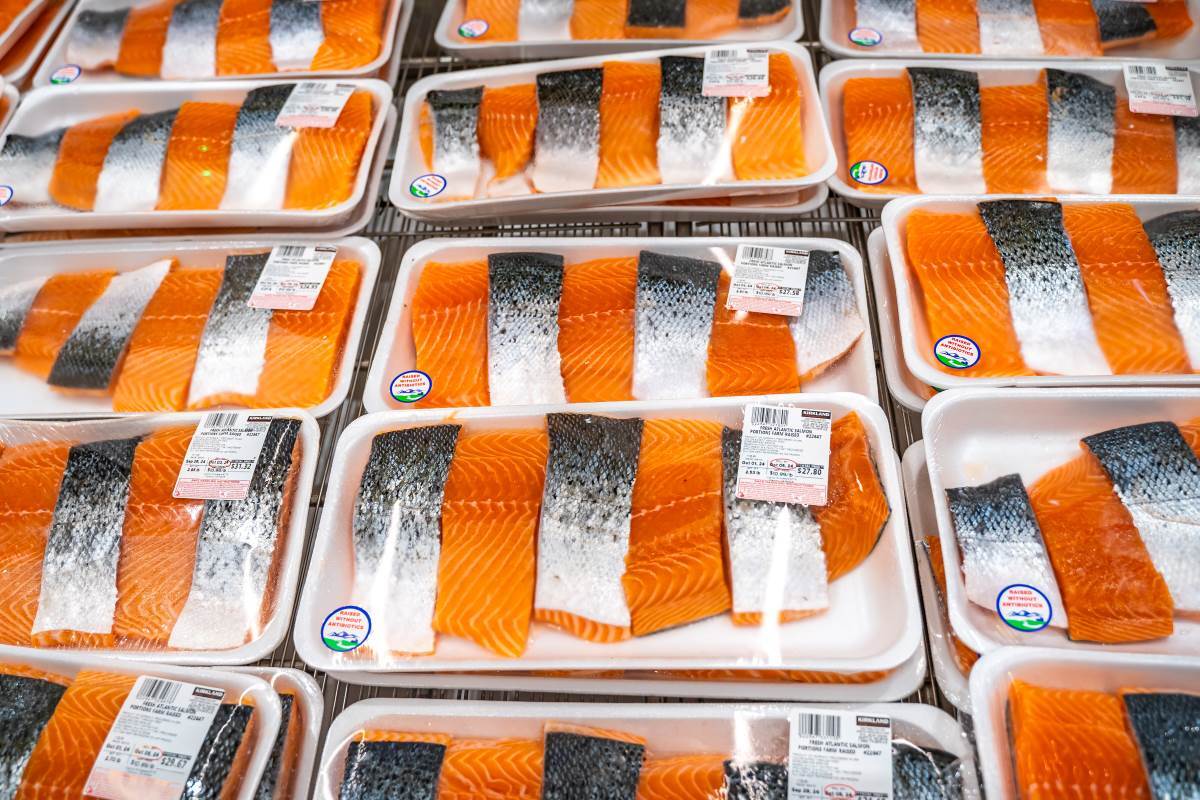
Americans love their salmon. Last year they chomped their way through 652,000 tonnes of the Atlantic variety – more than Britain, France, Germany and China combined.
Almost all of it will have come from abroad with Norway way out in front, followed by Chile, Iceland, Scotland and the Faroe Islands.
These Atlantic salmon-producing countries have a right to be worried if President Donald Trump carries out his threat to include seafood in his list of import tariff targets.
The figures, compiled by the Norwegian Seafood Council, show that at 164,000 tonnes, Britain is the world’s fourth largest consumer of Atlantic salmon preceded by France at 181,000 tonnes and Germany at 178,000 tonnes.
While the figures show that Americans devour more in total, individually they are not the largest consumers.
The US per capita figure is 1.9kg although showing an annual growth of 6% while in France the per capital figure is 2.9kg but the country registered an overall decline of 11% between 2022 and 2023.
The Seafood Council figures show marked differences between the various countries. In Britain, for example, the average consumption per head was 2.4kg but total consumption declined by 6% in the 12 months to 2023, while in China consumption it jumped by a whopping 23% last year although the average per head was only 0.6kg.
The aftermath of Covid has probably helped to distort some national data but by how much is not yet clear.
It should also be noted that salmon prices have been exceptionally high until last summer which led to a great deal of consumer resistance.
Interestingly, the Seafood Council says that all five major European markets (France, Germany, Great Britain, Italy and Spain) had a decline in consumption between 2022 and 2023. However, both Italy and Spain have since excelled with solid growth.
It adds: “Among the other large markets we have Brazil, which benefits from geographical proximity to the major producer Chile, along with Australia and Canada, which produce a lot of salmon themselves.
“Russia produces some salmon itself, but also imports significant volumes from Chile, while the processing market Poland has had a very strong consumption trend in recent years.
“Otherwise, among the top 20, we have several Asian markets such as Japan, South Korea, Israel and Thailand, all of which had a significant decline in consumption in 2023.”

Asia shows potential
But Asia shows marked differences too. The report points out: “China was the largest growth market in 2023 with the country reopening society approximately one year after the rest of the world.
“Since most of the salmon in China is sold in restaurants, the reopening resulted in a large increase in the demand and consumption of salmon in this market. China also has a very low per capita consumption, and with a middle class of several hundred million inhabitants, there is great potential for continued growth in salmon consumption in China.”
It also says: “The US had the second highest growth last year. Since 2013, consumption in the US has increased by around 7% annually.
“In comparison, the corresponding growth rate in the EU was around 3%. Over time, we also see that Norwegian salmon, either directly from Norway or via processing nations, has had a greater growth than the total market in the USA.
“The Norwegian salmon’s share of the American market was around 22% in 2023, compared to 16% in 2016. In 2023, Norwegian salmon’s market share was up half a percentage point from 2022.”
It would seem that the countries worst hit by inflation, notably France and the UK, have also seen some of the heaviest decline in salmon consumption.
France was particularly badly affected. After violent growth of 27% in 2021, consumption fell by 13% a year later and by a further 11% in 2023.
Yet despite the fall in the last two years, consumption in 2023 was 4% higher than before the pandemic (2019).
In the UK, very high inflation has made a big dent in the purchasing power of the British consumer, which has had an impact on salmon consumption last year. Both imports and home production of salmon fell last year.
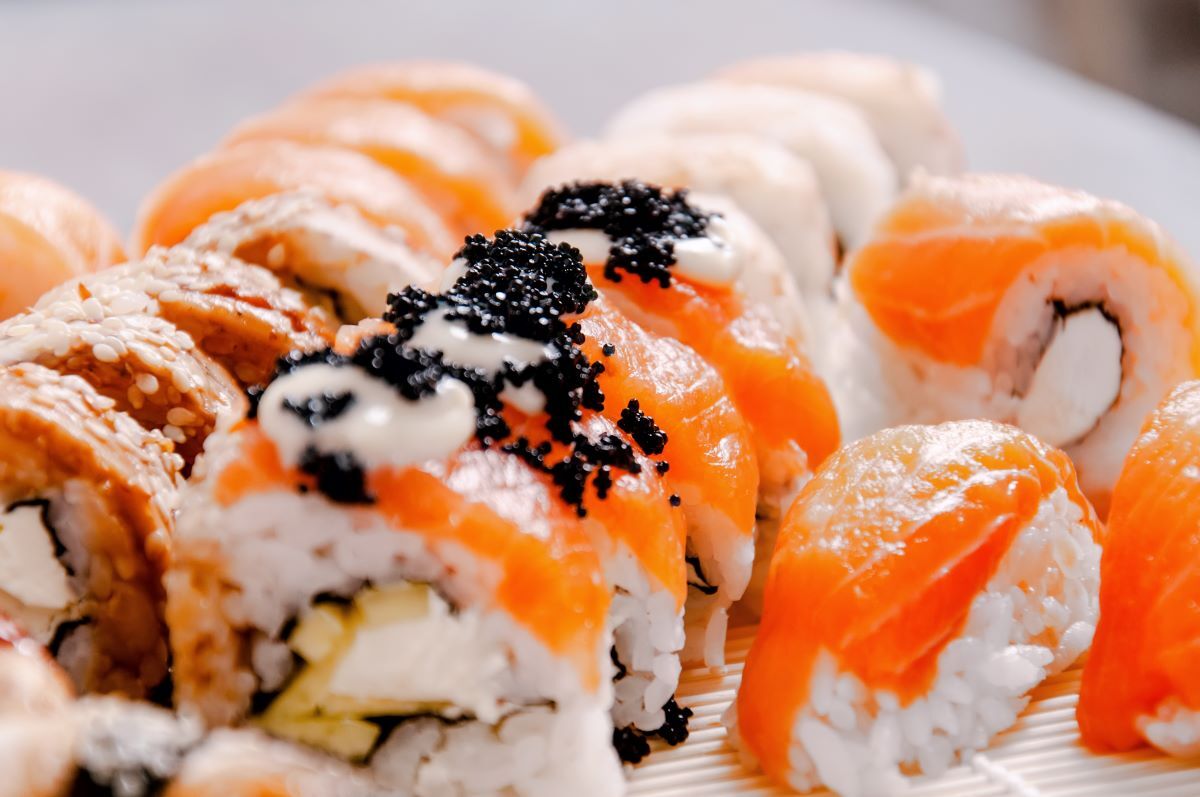
The report says that Japan had the second biggest decline. “This is a market where transport costs increased a lot as a result of closed Russian airspace for many European airlines. Increased prices in the world market together with increased transport costs and a weak currency have reduced imports in 2023.
“Sweden is (another) market where consumption per capita is at the very top of the world. Consumption increased to a record high volume in 2021, but in line with increased prices, consumption has fallen in this market.”
So what lies ahead for the industry? The report says: “Prospects for weak global production growth limit how much consumption can increase.
“The biggest uncertainty relates to whether the weak development in Europe will reverse, and whether China and the US will continue to be the major growth markets.”
It adds: “With higher salmon prices, it is the most price-sensitive consumers and buyers who fall away first.”
This means that if the salmon price continues to remain high (they have fallen back quite markedly since the report was written), it is typically outdoor consumption that will remain the strongest, ie consumption at hotels, restaurants and catering.
“This is because the salmon in this segment take advantage of what is called in economic terms ‘the importance of being unimportant’.
“For a sushi board, or a salmon dinner at a restaurant, there are many other costs than the salmon price that determine what the meal costs.
“A higher salmon price thus has little effect on the price of the meal. For a salmon fillet in grocery stores, on the other hand, it is the salmon price that makes up most of the cost of the product.”
Now, following Donald Trump’s election victory in November, the dark cloud of a global trade war hangs over salmon-producing countries. Little wonder that the industry has become nervous.


